Developers Donate Third Ward Building To Preservation Alliance
Preservation battle ends with preservation advocates receiving 1884 tavern building.
A partnership of two development firms that sought to demolish a fire-damaged Historic Third Ward tavern donated the property to the Milwaukee Preservation Alliance (MPA).
General Capital Group and Joseph Property Development transferred the building to the 501(c)(3) nonprofit Wednesday, the preservation group announced.
Last year the developers argued that the vacant tavern at 266-272 E. Erie St. was beyond practical repair and sought to demolish the structure. But the Historic Preservation Commission denied the request and the partners didn’t pursue an appeal to the Common Council.
“We could not be more thrilled with General Capital Group and Joseph Property Development’s willingness to work with us throughout the donation process, and their commitment to preservation and transparency,” said MPA Executive Director Emma Rudd in a statement. “As many know, the tavern’s current condition is challenging. This is mainly due to a fire that occurred prior to General Capital Group and Joseph Property Development’s ownership. But MPA’s Board of Directors said it best: ‘if we can’t save this building, then who can?’ This tavern has an incredibly rich 140-year history, and restoring it aligns directly with the core of MPA’s mission: protecting our city’s built heritage. I cannot think of a more deserving project to take on.”
During the historic review hearings, MPA representatives were among the advocates who spoke in favor of finding ways to preserve the building.
Constructed in 1884, the two-story building was originally a saloon and rooming house operated by the widowed Catherine Foley. Miller Brewing acquired the property in 1896, using it as a tied-house tavern, and expanded the structure in 1912. It later housed a prominent gay leather bar, Wreck Room, and served as the Milwaukee Institute of Art and Design’s student union. A fire struck in January 2013, shuttering the building.
MPA said it will work to restore the building and intends to stabilize the roof, foundation and exterior walls as soon as possible. A fundraising campaign campaign is planned.
The prior owners said they didn’t think it could be appropriately restored.
“It was well known when we purchased it that it was to be demolished,” said General Capital partner Linda Gorens-Levey in a September historic commission hearing. “It is simply not feasible to restore this building.” She said the partners, who purchased the building and two adjoining properties in 2014 for $760,000, never would have bought it if it was historic. But it was given local historic protection in 2015, which triggers the need for a “certificate of appropriateness” for any demolition or modification.
Architect Chris Socha, a partner at The Kubala Washatko Architects, said in September that the issue isn’t truly the 2013 fire, but the nature of the 1912 addition. “These buildings were basically joined together at that time and that’s a principal reason these buildings have so many issues,” said Socha. Structural engineer Alan Rentmeester of Spire Engineering detailed the differing foundation systems each employs, and how one is now leaning on the other, causing a cascading series of issues including failing brick masonry.
A plan was presented to the Historic Third Ward Architectural Review Board in 2017 to save the building, but it did not progress. Socha, Gorens-Levey and others associated with the project attributed that to the fact that further research revealed more significant issues with the building, more components that need to be wholly replaced and, ultimately, greater costs.
But commission planner Tim Askin said the state of the building appeared to represent “demolition by neglect.”
MPA, which is accepting donations online, will now need to see if it can bring life to a survivor of the massive 1892 Third Ward fire.
The group has played a role in several preservation projects to date, most notably the effort to save Soldiers Home. It is also heavily involved an a campaign to find a long-term solution for the Mitchell Park Domes. Peter Zanghi serves as the board president.
Photos
If you think stories like this are important, become a member of Urban Milwaukee and help support real, independent journalism. Plus you get some cool added benefits.



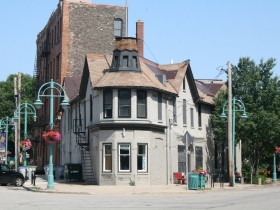
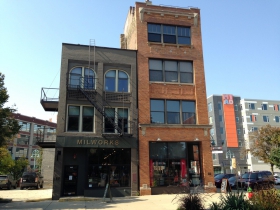
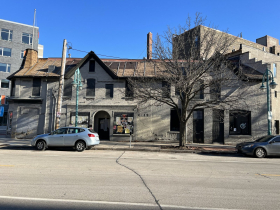
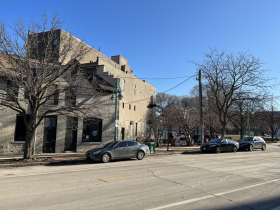
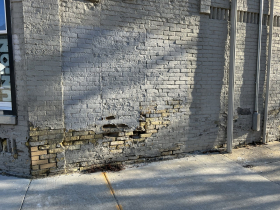
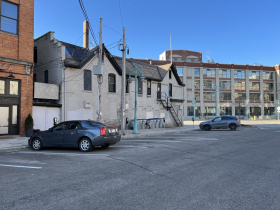



















I hope they try to restore it to its original function: a tavern with rooms upstairs.
The best outcome. Looking forward to the restoration / renovation and final product.